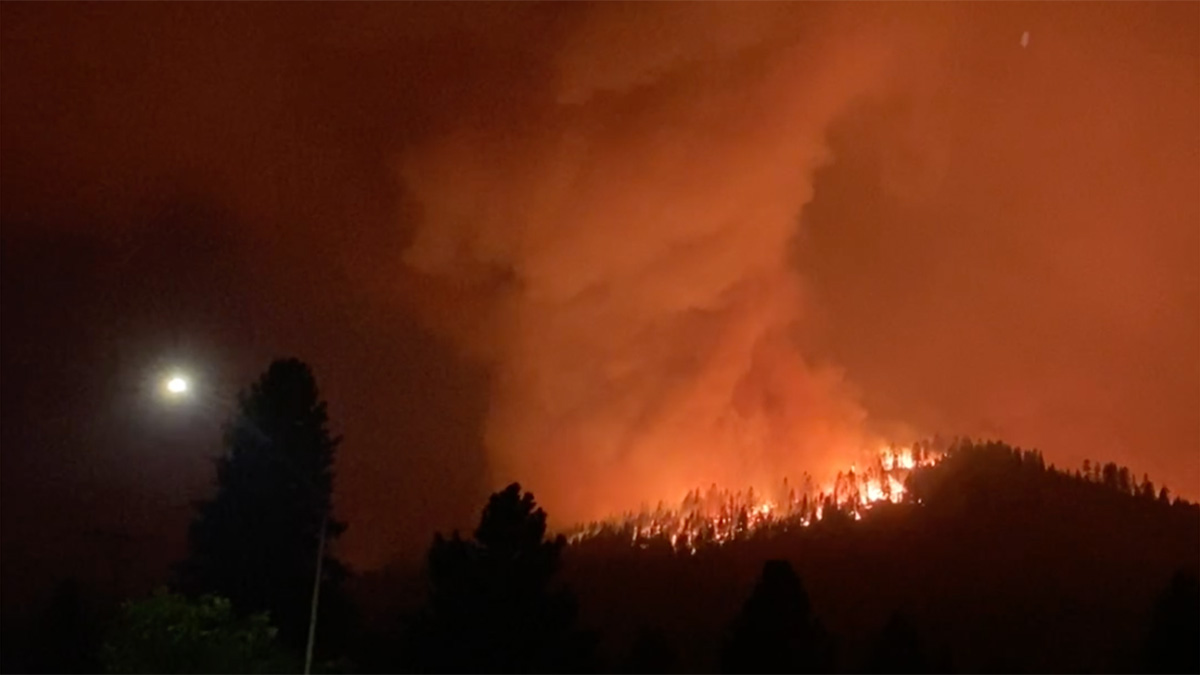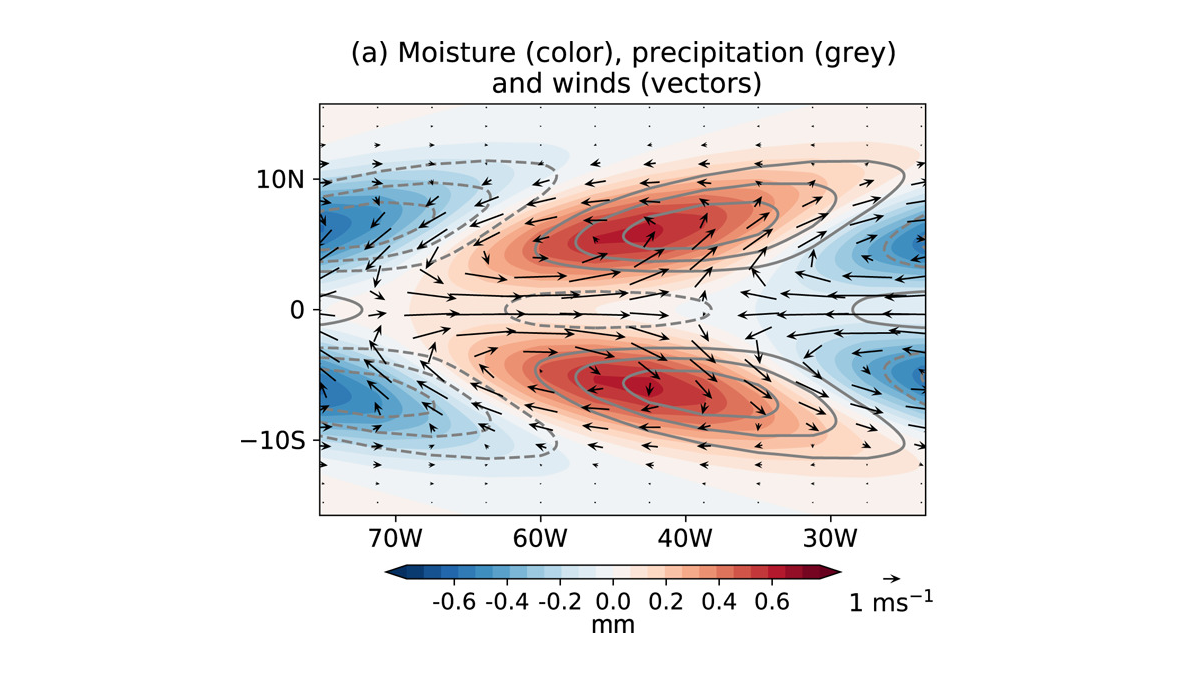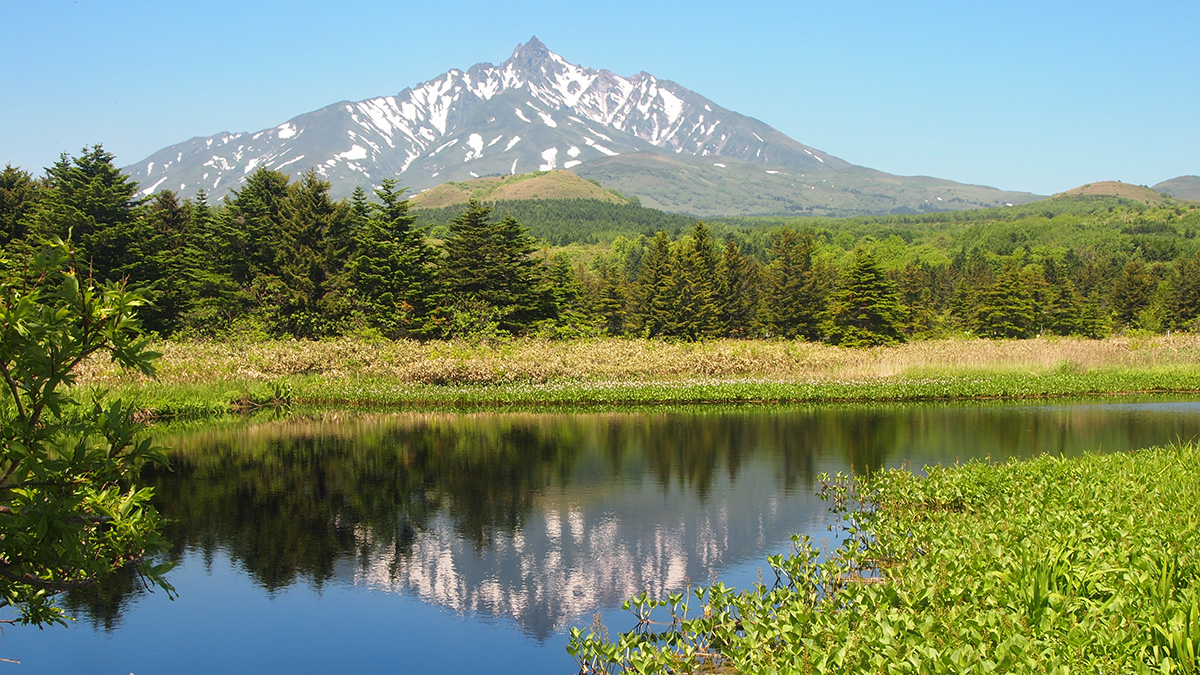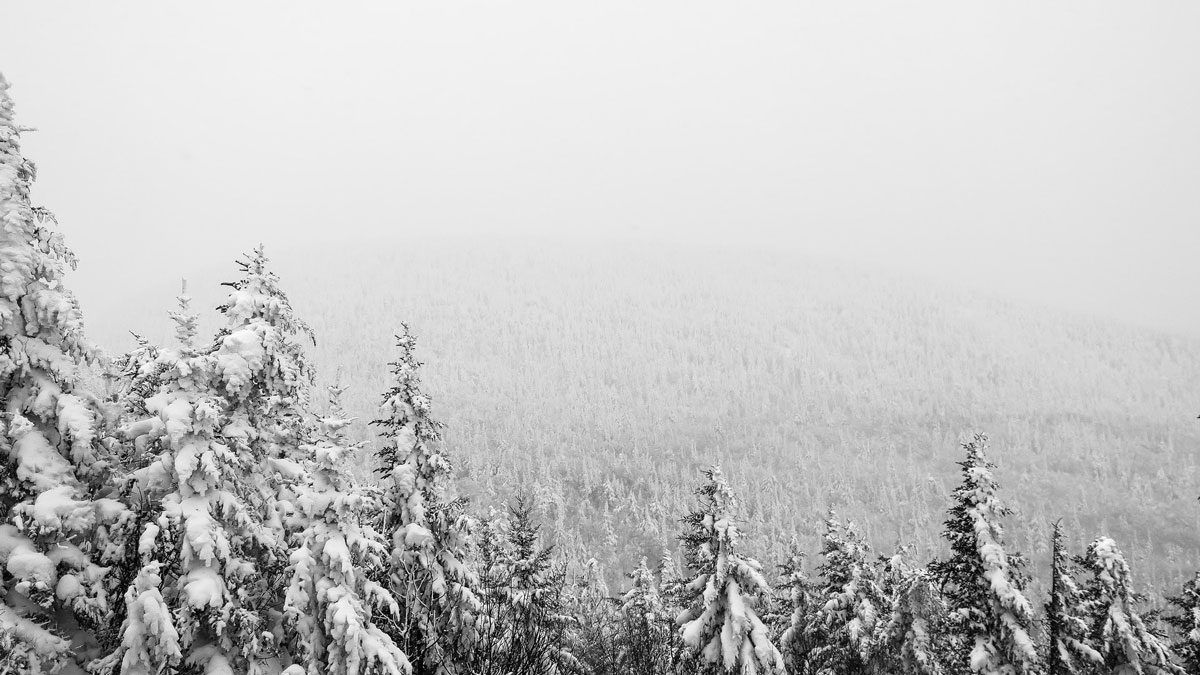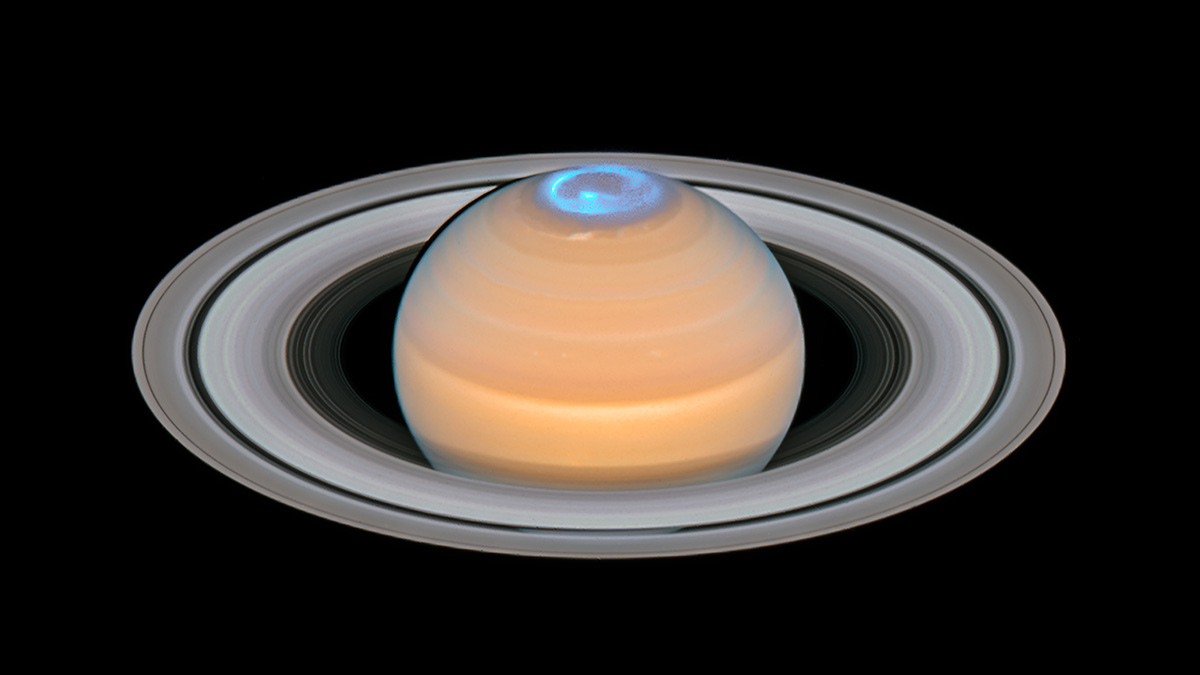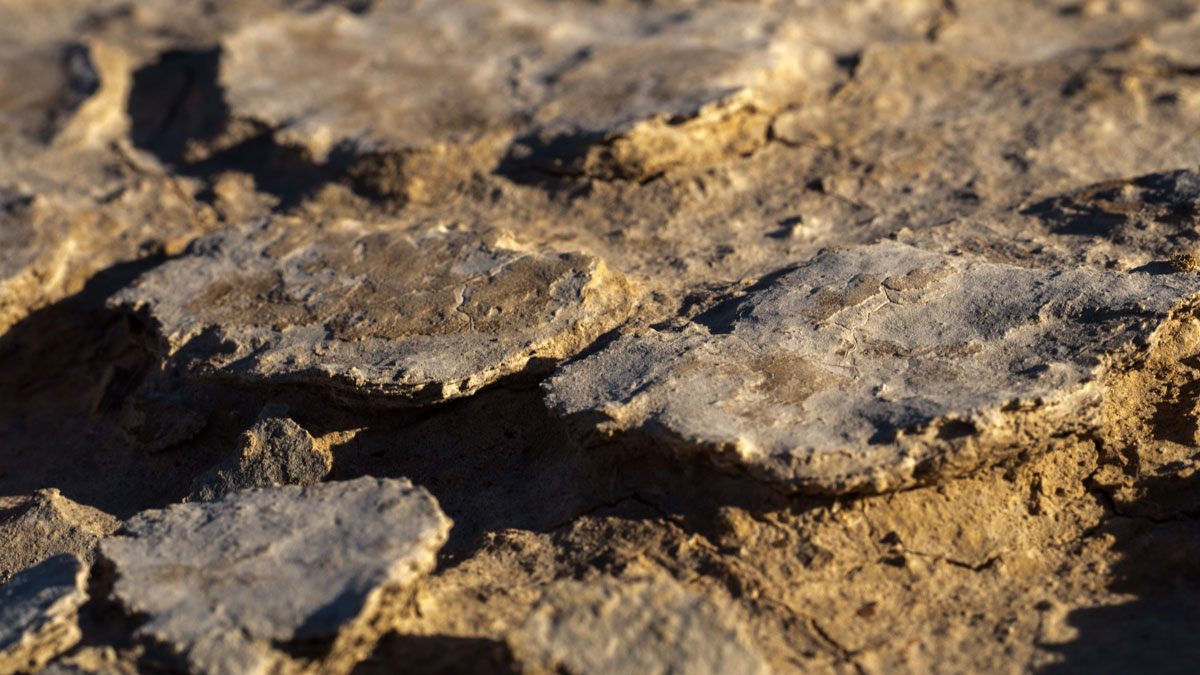A new study focuses on the rapid growth of tropical cyclones and their destructive potential.
wind
Chasing Fire Tornadoes for Science
Recent research suggests fire-generated vortices are always present during wildfires.
The Complex Relationship Between Hurricanes, Air Pollution, and Climate
A new study focuses on the frequency and distribution of tropical cyclones over the past 40 years.
A Unique Glimpse at Sediment Erosion and Deposition by Wind
The Lut Desert in Iran is an exceptional natural laboratory to study how wind moves sediment across the landscape. A new study quantifies erosional and depositional sediment fluxes of the desert.
New Western Hemisphere Moisture Mode
A new study presents the first evidence of the existence of an intraseasonal westward-propagating moisture mode over the Western Hemisphere.
Climate and Currents Shaped Japan’s Hunter-Gatherer Cultures
New climate records from a peat bog show how two neighboring cultures responded differently to shifts in climate and ocean currents.
Trees Wearing Accelerometers Help Track Snowstorms
This device allows scientists to measure how much snow is trapped in canopies and predict changes to snowpack—a critical factor in annual water availability.
The Alps Are Dusted with Nanoplastics
A new study finds the lofted pollutants came from major European cities, but further study is required to fully understand the plastics’ transport and deposition processes.
Saturn’s Powerful Winds Explain Changes in the Length of Its Day
Atmospheric winds moving at more than 7,000 kilometers per hour distort Saturn’s magnetic field, revealing why spacecraft have measured changes in the length of a day on the ringed world.
Biological Crusts Affected by Drought Can Still Stabilize Soils
Results of in situ experiments on natural microbial communities suggest that biological crusts can protect soils from erosion, but their protective role could be compromised under predicted future climate scenarios.


